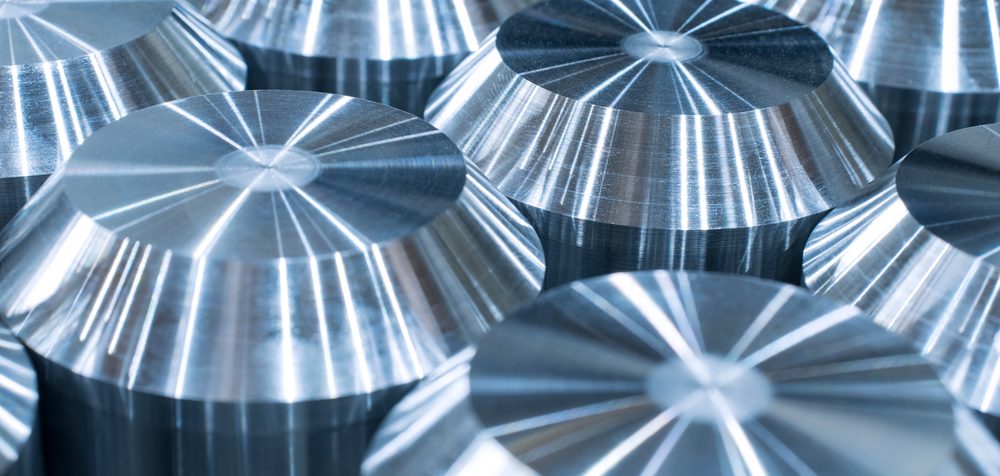
Researchers at TU Wien have been exploring different metallic alloys to find the most efficient thermoelectric material. Thermoelectric materials are capable of converting heat directly into electrical energy and vice versa, and have potential for use in various technologies. They discovered that nickel-gold alloys offer unparalleled efficiency in converting heat to electricity.
The thermoelectric effect is based on the movement of charged particles that move from the hotter to the colder side of a material. This results in an electrical voltage – called the thermoelectric voltage – which counteracts the thermally excited movement of the charge carriers. The ratio of the built-up thermoelectric voltage and the temperature difference defines the Seebeck coefficient, an important parameter for the thermoelectric performance of a material.
“Although Seebeck discovered the thermoelectric effect in common metals more than 200 years ago, nowadays metals are hardly considered as thermoelectric materials because they usually have a very low Seebeck coefficient,” said Fabian Garmroudi, first author of the study.
The team from the Institute of Solid State Physics at TU Wien have succeeded in finding metallic alloys with high conductivity and an exceptionally large Seebeck coefficient. Mixing the magnetic metal nickel with the noble metal gold radically changed the electronic properties. When approximately 10 % nickel is added to gold, the thermoelectric performance increases rapidly. Due to the particular electronic properties of the nickel atoms, positive charges are scattered more strongly than negative charges, resulting in the desired imbalance and hence a high thermoelectric voltage. The combination of extremely high electrical conductivity and simultaneously a high Seebeck coefficient leads to record thermoelectric power factor values in nickel-gold alloys, which exceed those of conventional semiconductors by far.
“Even though gold is an expensive element, our work represents a proof of concept. We were able to show that not only semiconductors but also metals can exhibit good thermoelectric properties that make them relevant for diverse applications,” said Michael Parzer, one of the lead authors of the study.
